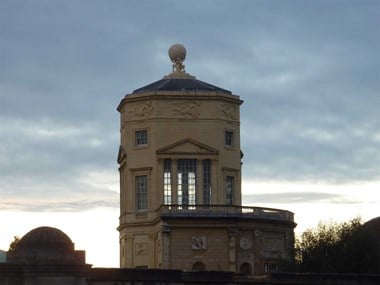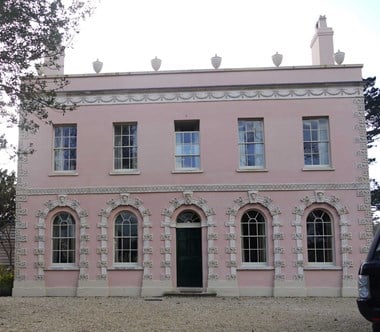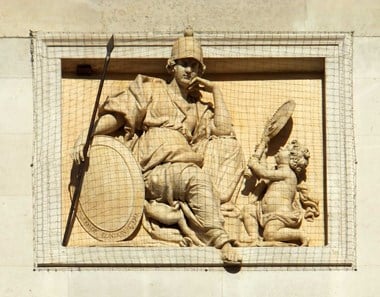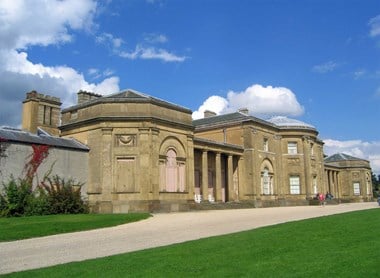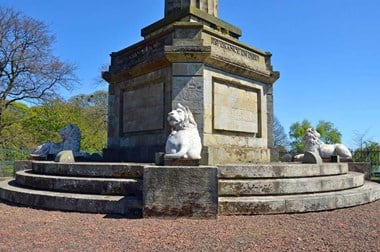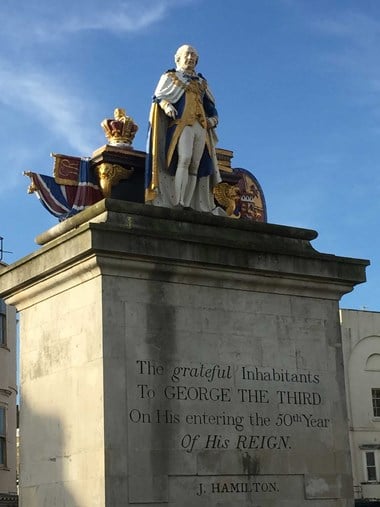Have you spotted any Coade Stone at protected historic sites? Sign up to the Missing Pieces Project and share your photos, stories and insights.
Eleanor Coade, Pioneer of Coade Stone
Whilst the place of birth is up for debate, the influence she had on Georgian Architecture isn’t. Born in 1733, Eleanor Coade moved to London in 1760 and set up a business selling linen. In 1769 she entered a world vastly different to linen. She bought a factory yard in Narrow Wall Lambeth (which now sits under the Royal Festival Hall) which specialised in making a type of artificial stone. She began to experiment with her own formula..
The artificial stone that Coade invented was one of the most widely used materials of the 18th century. Coade Stone was incredibly resistant to the elements. Wind, rain or coastal air struggled to erode it.
This resistance and versatility made it incredibly popular. The sculptures come in all shapes, sizes and locations. Large or small, a delicate swan or a proud lion, monuments, architectural details or a garden ornament can all bare the name Coade.
Where is your closest Coade Stone?
Explore the map below to see some of the many examples of where and how Coade Stone was used. Why not add some of your own images to the list entries by following the link!
Coade Stone examples
Click to enlarge these photos of Coade Stone examples


